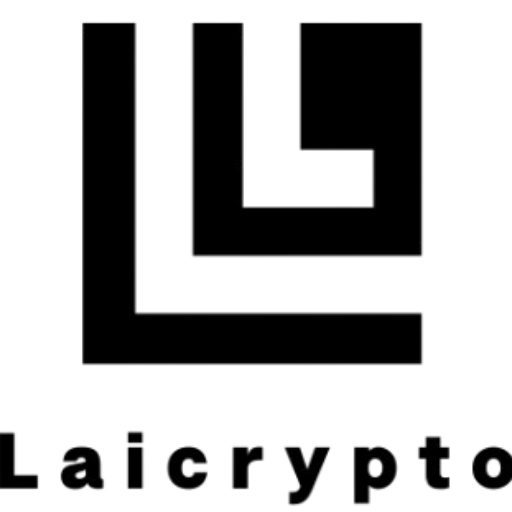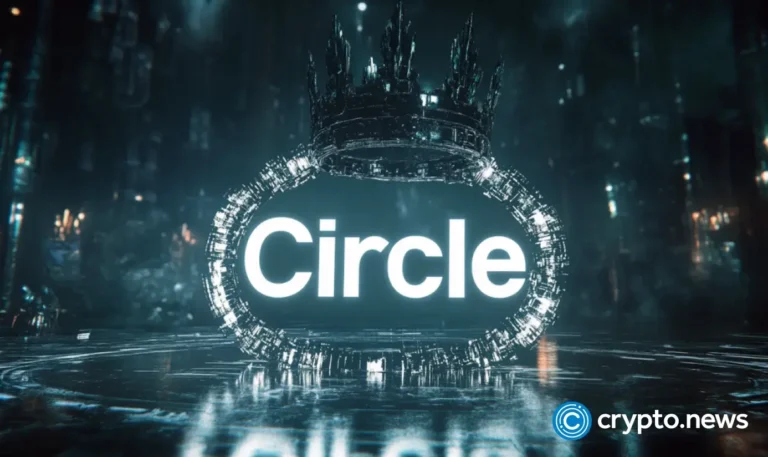Disclosure: The views and opinions expressed here belong solely to the author and do not represent the views and opinions of crypto.news’ editorial.
Circle is rapidly cementing itself as the dominant force in the regulated stablecoin market, leveraging early regulatory alignment and powerful partnerships with payment titans such as Shopify, Mastercard, and Visa. To many observers, this signals mainstream success—evidence that crypto is finally gaining institutional legitimacy.
Beneath the surface of this victory lies a troubling reality.
Circle’s USD Coin (USDC) is quietly positioning itself to disintermediate Visa and Mastercard, complete with all the network fees, restrictions, and monopolistic pitfalls that crypto was designed to escape.
Circle’s path to dominance
Stablecoins offer a critical alternative to traditional payments, enabling users, particularly those in emerging economies, to sidestep onerous exchange rates and transaction fees and preserve purchasing power against volatile national currencies. Circle’s increasingly dominant position risks undermining the very advantages stablecoins once promised, converting a decentralized dream into a centralized reality.
The pathway Circle has chosen is strategic and admirable in most respects. Early regulatory engagement in the United States and proactive compliance have enabled Circle to position USDC as the ‘trusted’ stablecoin among financial institutions, regulators, and mainstream consumers alike.
It’s the stablecoin that banks can feel comfortable with, exchanges list confidently, and fintech apps eagerly integrate. Recent partnerships with global payment giants further deepen this entrenchment, embedding USDC into international payment networks and nurturing its dominance. USDC has become ubiquitous across DeFi platforms and is quickly leveraging partnerships to become just as prevalent in mainstream finance.
Do we need multiple stablecoins?
Stablecoins should offer five essential attributes: speed, affordability, ease of use, consumer safety, and scalability. They present a unique conundrum: on a fundamental level, stablecoins appear largely interchangeable—each holds identical value and similar basic functionality (though they are not fungible between different issuers).
From a typical user’s perspective, having multiple stablecoins available might seem redundant, as market consolidation around a single fungible stablecoin can unlock economies of scale and reduce friction. Yet beneath the surface, stablecoins differ meaningfully in transaction fees, settlement times, ease of use, programmability, and accessibility.
These differences underscore why some competition among stablecoin issuers is critical. Without competition driving providers to lower fees and optimize performance, a dominant issuer like Circle can dictate market terms to its advantage, ultimately leaving consumers with higher costs, slower transfers, and reduced choice.
Without robust incentives or competitive market forces, there’s little to ensure that more than one stablecoin issuer can remain viable. This lack of healthy competition creates the perfect conditions for monopolistic power, where a single entity like Circle gains the authority and leverage similar to credit card networks, capable of imposing unavoidable transaction fees across all stablecoin payment transactions.
While an endless buffet of stablecoins to choose from can create unintended friction for users, the alternative, a single dominant issuer that can impose practically any fees it wishes, will have far worse consequences for users. It’s essential that multiple high-quality stablecoins remain viable to prevent an unfair monopoly.
The danger of centralization and ubiquity
Centralizing control of stablecoin payment channels, Circle is setting the stage for a new era of unavoidable transaction fees—fees remarkably similar to those imposed by traditional payment networks like Visa and Mastercard. Merchants and consumers, once hopeful about crypto’s potential to disrupt fee-heavy traditional finance, may soon find themselves subject to similar tolls on stablecoin usage.
In this emerging scenario, Circle—not governments or open blockchain protocols—dictates terms, conditions, and costs. The risk of rent-seeking behavior, extracting incremental revenue at every payment checkpoint, becomes increasingly real.
Visa and Mastercard currently dominate the global payment landscape, together collecting billions in network and interchange fees annually—fees that act as an invisible tax on global commerce. A stablecoin monopoly, particularly one held by a private issuer like Circle, creates a similar dynamic in the blockchain space. Users and merchants adopting USDC could eventually have little choice but to accept Circle’s conditions or be shut out of essential financial networks.
A restaurant can’t simply stop accepting Visa without damaging the customer experience and losing sales. USDC is quickly approaching that same level of ubiquity, and if alternative stablecoins disappear, any fees Circle imposes will become just as unavoidable.
A call for openness and competition
Proponents of Circle’s strategy often argue that regulatory compliance and mainstream integration are necessary for the mass adoption of stablecoins. To an extent, this is true. The crypto ecosystem needs legitimacy, trust, and clear legal frameworks to attract mainstream participation. However, compliance and legitimacy should never come at the expense of openness, decentralization, and choice. It’s possible—and preferable—to have both.
Ultimately, regulators, users, and crypto advocates must demand openness and competition. Regulators should promote policies that enable multiple stablecoin models to flourish, not just one. Merchants and users should embrace alternatives to dominant stablecoins like USDC, signaling to Circle and others that stablecoin adoption must not come at the cost of monopolistic pricing or restrictive terms. And the broader crypto community should advocate for protocols and standards that maintain open, interoperable, and decentralized stablecoin infrastructures.
While it’s tempting to cheer Circle’s rise as crypto’s long-awaited mainstream breakthrough, a future where stablecoins become yet another omnipresent tollbooth on digital commerce is hardly worth celebrating. If we genuinely want blockchain technology to usher in a better financial future, we must ensure stablecoins remain tools of openness, freedom, and choice, not just another unavoidable fee at the checkout.




